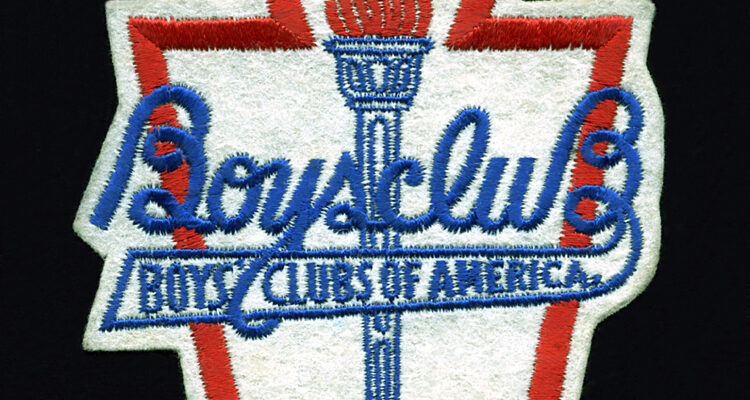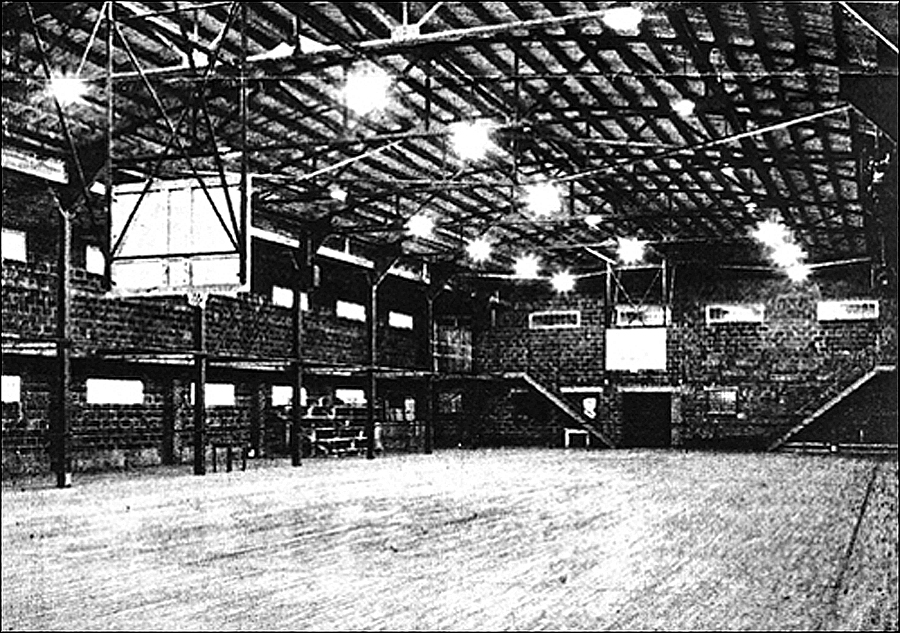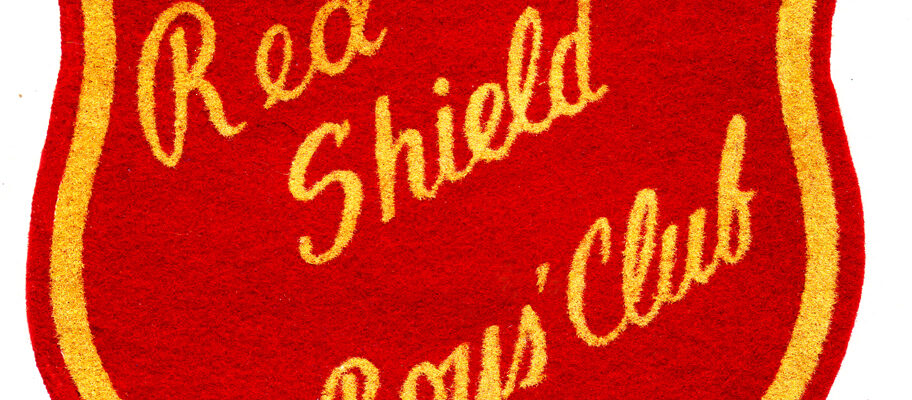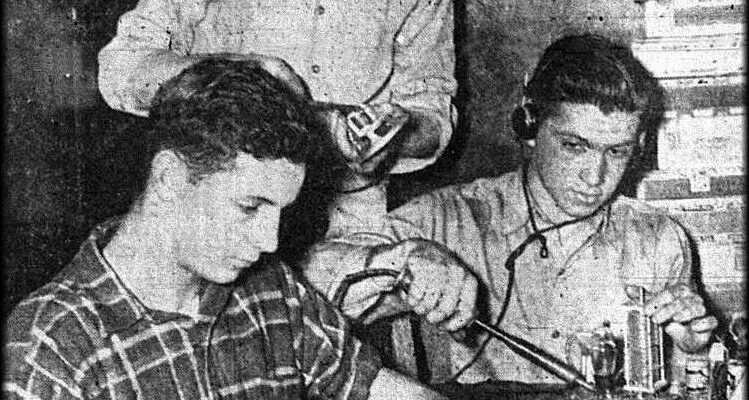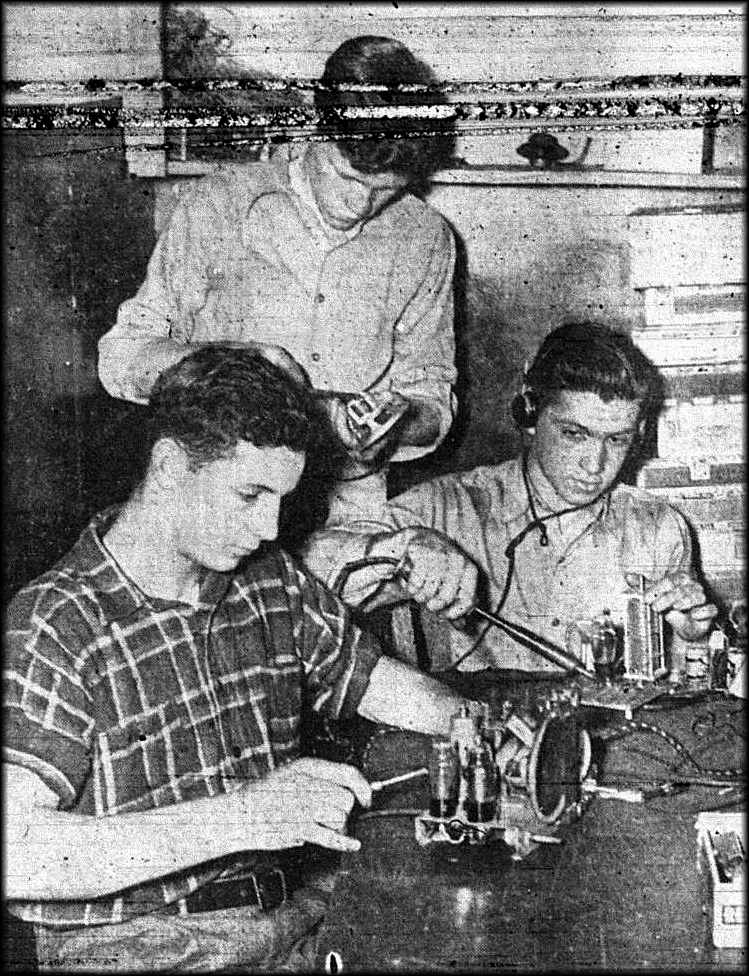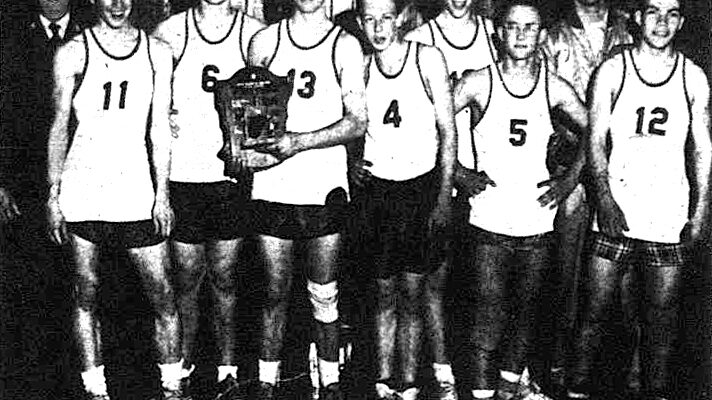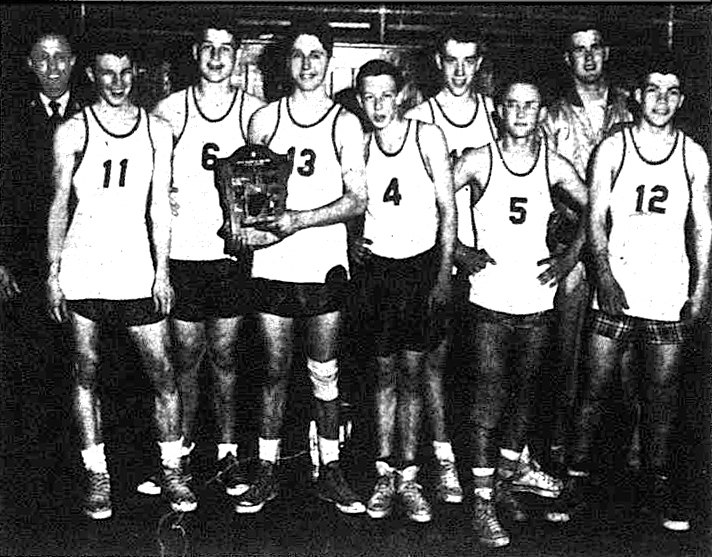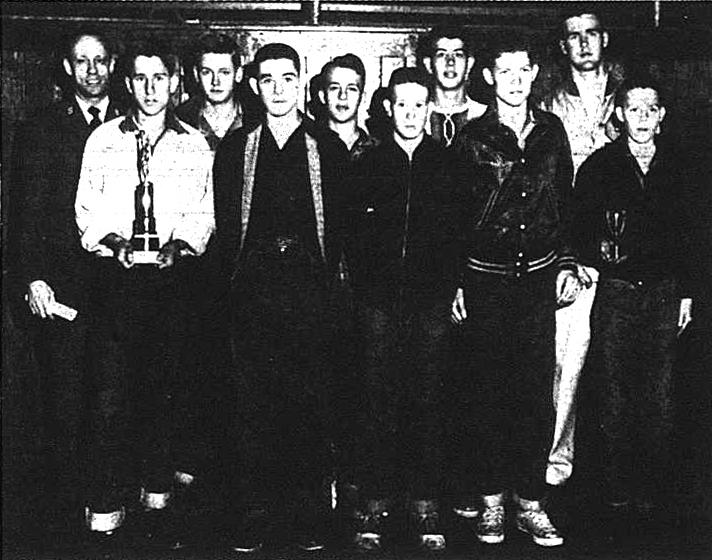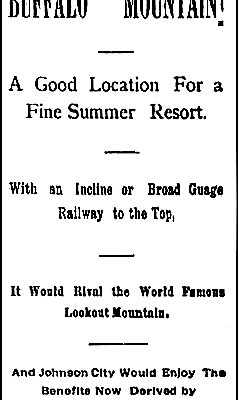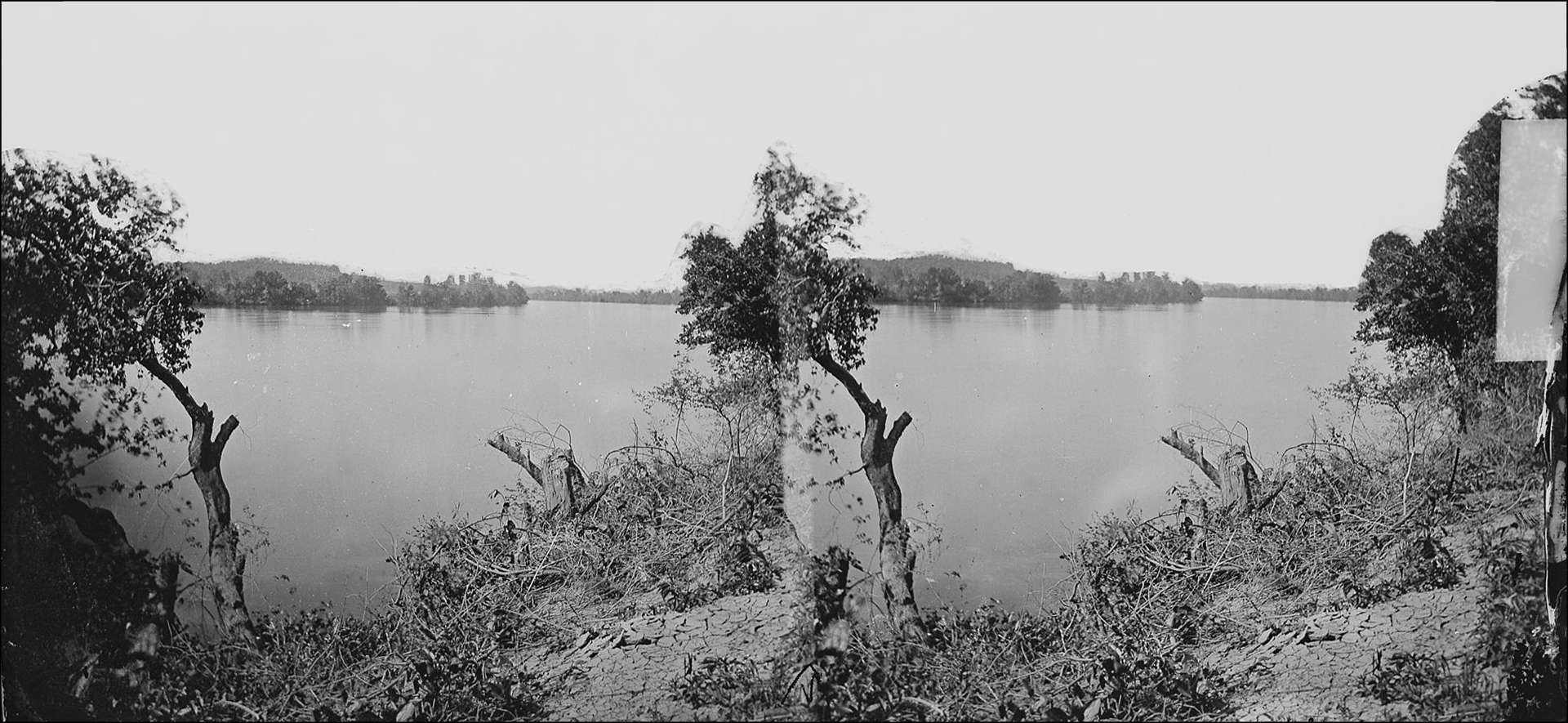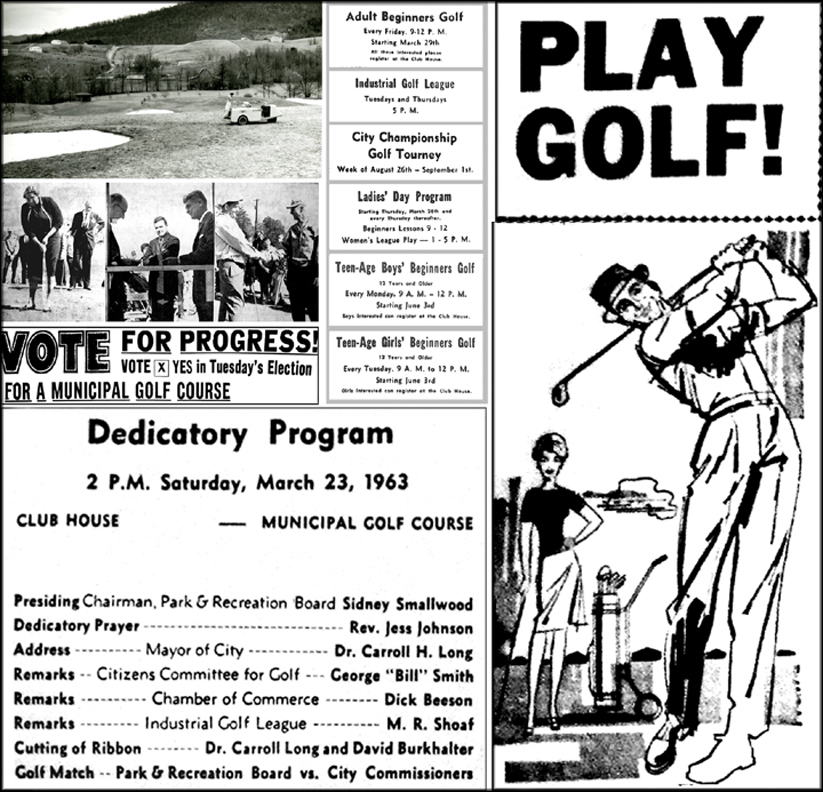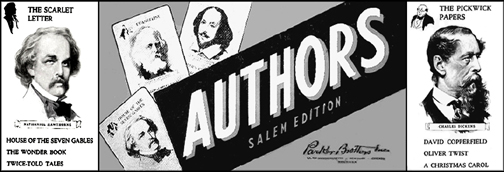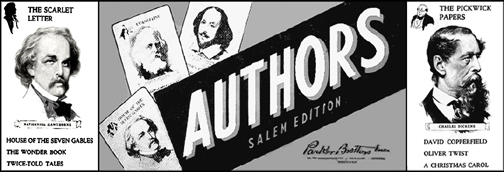Bill Durham, a frequent contributor to my articles, recently had occasion to visit with our longtime friend and schoolmate, Joe Arrowood. He came away with a profound reminder of the positive influence the Red Shield Boys' Club had on our young lives and submitted the following text:
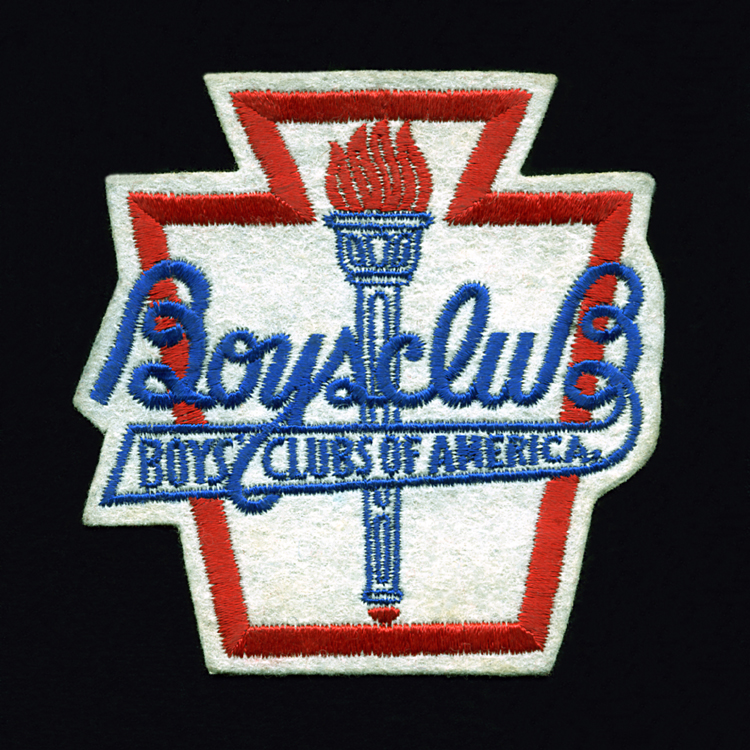
Red Shield's Boys' Club Patch
“Throughout our formative years, one’s life choices are influenced, however slight, by virtually everyone with whom we come into contact. Among the most prominent of those who contribute to molding our individual traits are, of course, family members, clergy, teachers and peers.
“Many of us participate in youth contact sports, be it in our backyard, school or community playground. Organized sports activities afford coaches and leaders an ideal opportunity to teach by example, to encourage constructive thoughts into young, inquisitive minds.
“Regrettably, far too many youngsters of impressionable age are caught up in circumstances beyond their control; consequently, children in search of acceptance, and often from broken homes, may be drawn toward an authority figure whom they will choose to serve as a surrogate parent or sibling, someone they will strive to emulate.
“Johnson City today is not that far removed from the structured community activities we recall from the middle of the last century. In those days, adolescent boys and girls in our sphere of friends had great respect and admiration for youth leaders, those who unselfishly made it their mission to help steer us in the right direction as we were beginning to envision an uncharted future.
“Kiwanis Park, located on the west end of the city, was a popular playground that offered a host of outdoor activities for participants of all ages. It featured two baseball diamonds, providing a venue for organized games that ran the gamut from little league to business-sponsored adult teams.

Kiwanis Park, located on the west end of the city, was a popular playground that offered a host of outdoor activities for participants of all ages. It featured two baseball diamonds, providing a venue for organized games that ran the gamut from little league to business-sponsored adult teams.
“It was in this environment that many of us were first exposed to team sports, where we learned not only the basic rules of playing the game but the important lesson of living and working together for a common cause.
“In our immediate neighborhood, nearly all of us attended West Side Elementary, Junior High and Science Hill High schools, each of which was within walking distance of our homes. Looking back, I recall that we walked practically everywhere we went, in groups, and savored the camaraderie.
“We regularly played sandlot baseball and football on West Side’s playground, but the central gathering place that seemed to draw all of us together was the Red Shield Boys’ Club, then located in a one-story structure at 228-30 W. Market St. (The Red Shield symbolized the Salvation Army, of which Boys’ Club was an affiliate.)
“The Boys’ Club Executive Directors during that period were Lawrence Hahn, Ken Lawyer, Herbert Lawson, Jr. and Douglas Killian and for the Club members of our generation, these were the gentlemen who were committed to help mentor us as we prepared to take our places in society.
“It seemed only fitting that one of the young men within our circle of friends should be inspired to “pass along” the values and knowledge he had absorbed from these Boys’ Club leaders. In 1962, Joe Arrowood, after spending his teen years as a card-carrying member of the organization, applied and was hired for the position of Johnson City Boys’ Club Physical Director.

Herbert Lawson, Joe Arrowood, Herbert Lawson, Jr., Eddie Baldwin
“This marked the beginning of Joe’s distinguished, 30-year professional career with Boys' and Girls’ Clubs of America. From the seed that had been planted in the 1950s, his calling would culminate with Joe being recognized by his colleagues across the United States for his organizational and leadership abilities, personal commitment and profound dedication to the Boys’ & Girls’ Club movement.
“From Johnson City, Joe married, reared their children and served the Boys’ & Girls’ Clubs of Indianapolis, Indiana as Program Director, Unit Director and Associate Executive Director.
“Though he had relocated to the Hoosier state, his ties with Tennessee and steadfast friendships remained intact, as evidenced by an incident that took place in the late ‘60s. Joe had treated a group of his Boys’ Club members to a baseball game, whereupon he recognized and casually mentioned to his young charges that he was a friend of the fellow playing shortstop, a gentleman who had, as a member of the San Francisco Giants, earned the distinction of competing against the New York Yankees in the 1962 World Series. The skeptical adolescents offered predictable, disbelieving comments in response to Joe's claim.
“When Joe had occasion to attract the infielder's attention, he and the boys were soon joined in the stands by yet another Johnson City native, Ferrell Bowman, who had made his mark locally as an all-star, multi-sports athlete at Science Hill and East Tennessee State College. Ferrell graciously signed autographs for the wide-eyed, crow-eating youngsters as he and Joe caught up on family and friends.
“In 1974, Joe accepted the appointment to serve as Executive Director of the Boys’ & Girls' Club of Noblesville, Indiana. As a result of his benevolent service on behalf of America‘s youth, he received many accolades for his dedication to share the same deep personal commitment and leadership qualities he had found in Johnson City’s character-building leaders years before.
 and Herman Guinn.jpg)
Herman Guinn and Joe Arrowood (right)
“Among Joe’s many Club-related honors are: Alumni of the Year, Indianapolis Boys’ & Girls' Club, 1979; Boys’ & Girls’ Club of America “Bronze Keystone,” 1979; Administrator of the Year, Indiana Boys’ & Girls’ Club, 1981; Administrator of the Year, Ohio-Kentucky-Indiana Assoc. of Boys & Girls Club Professionals, 1992; Boys’ & Girls’ Clubs of America Professional of the Year, Indiana Area Council, 1993; Community Service Award, Noblesville Chamber of Commerce, 1982; Youth Service Award, 1988.
“In 1994, he was the recipient of the prestigious “Heart & Soul Award,” presented to a Boys’ & Girls’ Club professional who exemplifies the true spirit of a professional Club worker, one who demonstrates unusual initiative, imagination and creativeness in the performance of duties and responsibilities to the community.
“Johnson City is, indeed, justifiably proud of Joe Arrowood, not just for these publicly acknowledged accomplishments, but for each, what may be seemingly insignificant to him, hand up that he has offered to countless youngsters throughout the years. Though he will likely be unaware of it, his example will live on in the memories of the beneficiaries of his caring deeds and words.”
I for one remember Joe and am certain scores of readers recall him and his affiliation with the Red Shield Boys' Club. I extend my appreciation to Mr. Durham for his resulting composition. Sadly, the building at 228-30 W. Market was razed recently, but its memories live on in the hearts of those who spent much of their youth in that building.
